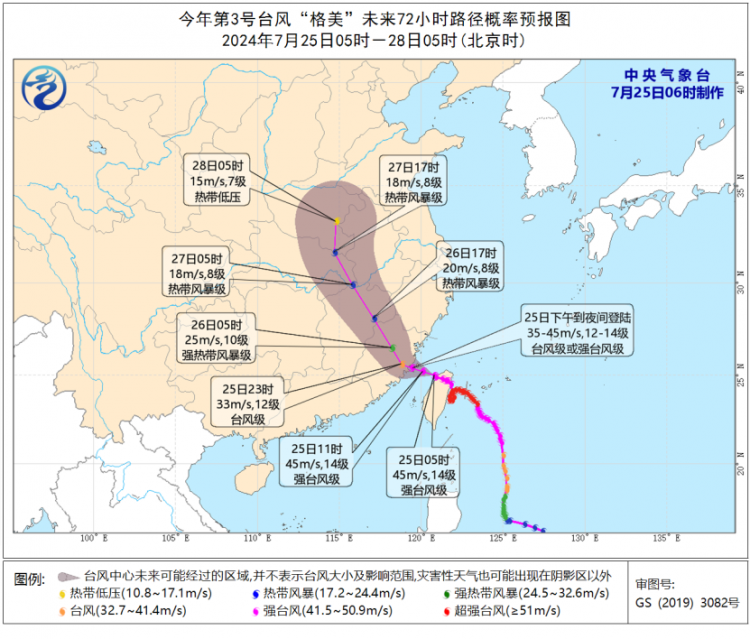Typhoon Gaemi has left a path of devastation in its wake as it slammed into China's southeastern coast on Thursday evening. The powerful storm, which had earlier battered Taiwan and the Philippines, has resulted in significant casualties and widespread destruction.
In Taiwan, the typhoon caused landslides and flooding, leading to three confirmed deaths and hundreds of injuries. The island, which frequently endures such storms, saw offices and schools closed for two consecutive days as authorities urged residents to stay indoors and avoid the coastline. Among the fatalities was a 78-year-old man whose home was destroyed by a mudslide, as reported by Taiwan's Central News Agency. Despite Taiwan's advanced warning systems, its dense population and intricate topography make it difficult to completely mitigate the impacts of such powerful storms.
In the Philippines, the death toll climbed to 22, primarily due to drownings and landslides triggered by Gaemi's intense rains. The Philippine coast guard reported the sinking of an oil tanker, MT Terra Nova, off Limay town in Bataan province, with one crew member still missing. President Ferdinand Marcos Jr. has directed authorities to expedite the delivery of aid to isolated villages, expressing concern that some residents may not have had access to food for days.
The storm, known as Carina in the Philippines, intensified seasonal monsoon rains, exacerbating the flooding and landslides. Despite not making direct landfall in the Philippines, Gaemi's impact was severe, underscoring the vulnerability of the archipelago to such natural disasters.
As Gaemi approached China, authorities in the coastal Fujian province took preemptive measures, canceling flights, trains, and ferry services, and evacuating more than 240,000 residents. The storm's landfall brought strong winds and heavy rains, and it is expected to continue moving inland, affecting areas as far north as Beijing. Chinese weather forecasters have warned of potential heavy rainfall across a broad swath of the country, even in regions not directly in Gaemi's path.
The capital, Beijing, has already experienced heavy rains from a separate weather system, leading to the evacuation of over 25,000 people and the suspension of some train services. Authorities issued a red warning for torrential rain, indicating the severity of the situation.
Gaemi's trajectory was notably erratic, performing a full loop just offshore before making landfall in Taiwan. Experts attribute this unusual behavior to Taiwan's rugged mountainous terrain, which can significantly alter the path of typhoons. This phenomenon, while not unprecedented, added an element of unpredictability to the storm's impact.
In response to the destruction, Chinese officials have issued warnings to the coastal provinces of Fujian and Zhejiang, where additional precautions have been taken. Passenger waterway routes were suspended in Zhoushan, and flights at major airports in Fuzhou, Quanzhou, and Wenzhou were canceled. Rail services were also affected, with several routes suspended to ensure passenger safety.






